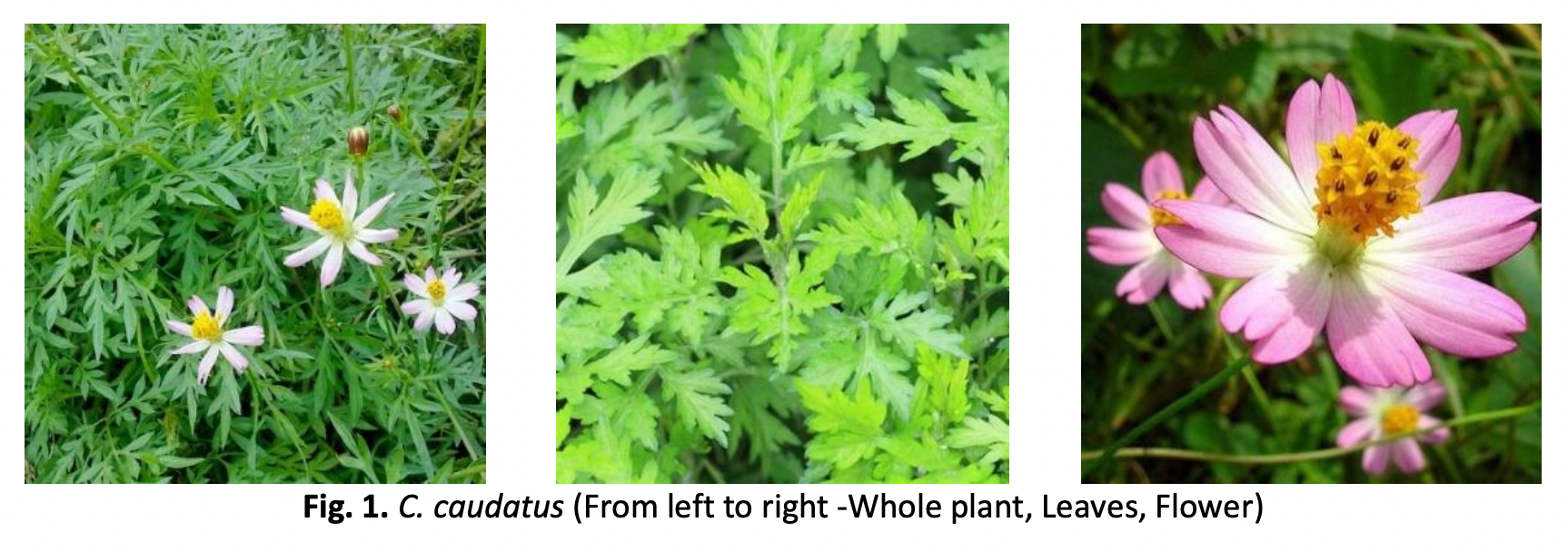Antimicrobial Activity of Cosmos caudatus Against Staphylococcus aureus and Escherichia coli.
DOI:
https://doi.org/10.37934/araset.30.2.272281Keywords:
Cosmos caudatus, antimicrobia, Kirby-Bauer testAbstract
Malaysia is known for its richness in ecosystem including medicinal plants and herbs. The use of traditional herbs for medical purposes has been practiced for ages without any proper understanding on how they work. This study aims to produce extract from the leaves of Cosmos caudatus (Ulam Raja) and to investigate the antimicrobial activity of the produced extract against Staphylococcus aureus and Escherichia coli. Ethanolic Soxhlet extraction was carried out to obtain the leaves extract. Product from extraction process was subsequently tested using the Kirby-Bauer disk diffusion test to determine its inhibitory effects against S. aureus and E. coli. Finally, the bioactive compounds in extracts were profiled using gas chromatography coupled with mass spectrometer (GC-MS). Findings showed ethanol is suitable to be used in obtaining extract from the leaves of C. caudatus. The extract produced was dark green and was able to inhibit the growth of both Gram-positive (S. aureus) and Gram-negative (E. coli) bacteria. The size of inhibition zones ranging from 22 to 24 mm. The zones of inhibition produced by C. caudatus extract in this study are comparable to commercial antiseptic tested simultaneously in the experiment. Analysis of extract using GC-MS revealed several bioactive compounds including palmitic acid, stigmasterol, phytol and neophytadiene These compounds are well known for their medicinal and therapeutic properties such as antimicrobial, antioxidants and antitumor. Additionally, these bioactive compounds are commonly used as ingredients in commercial antiseptics and disinfectants. This study therefore has proven the medicinal properties of C. caudatus. Findings from this study can be used to develop plant-based pharmaceutical products which are cheaper, safer, and more environmentally friendly.
Downloads


























